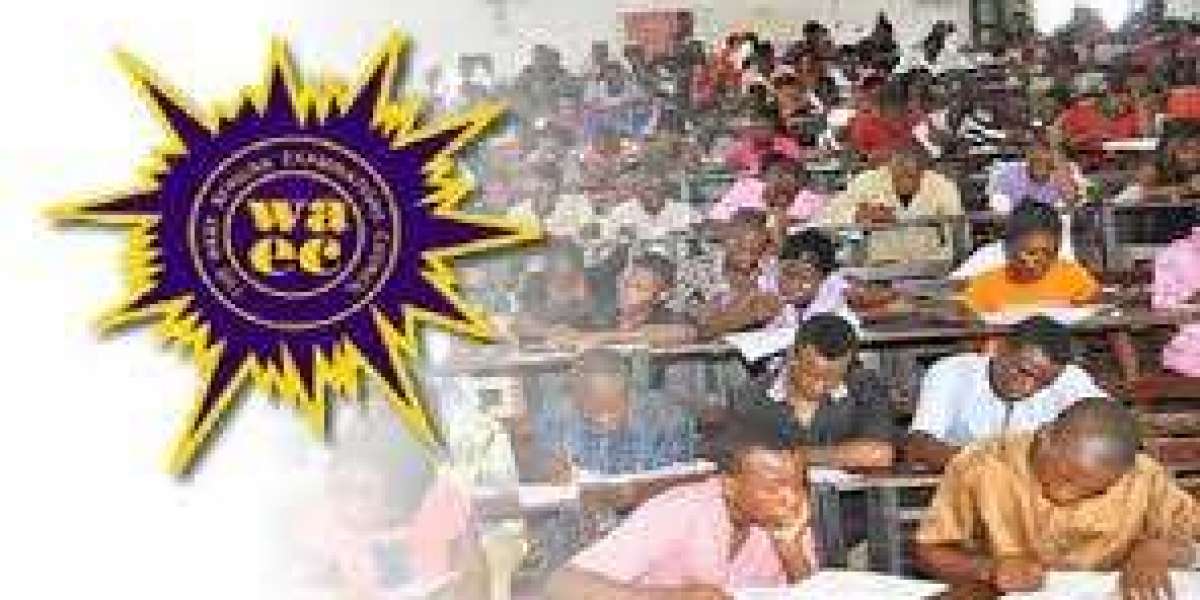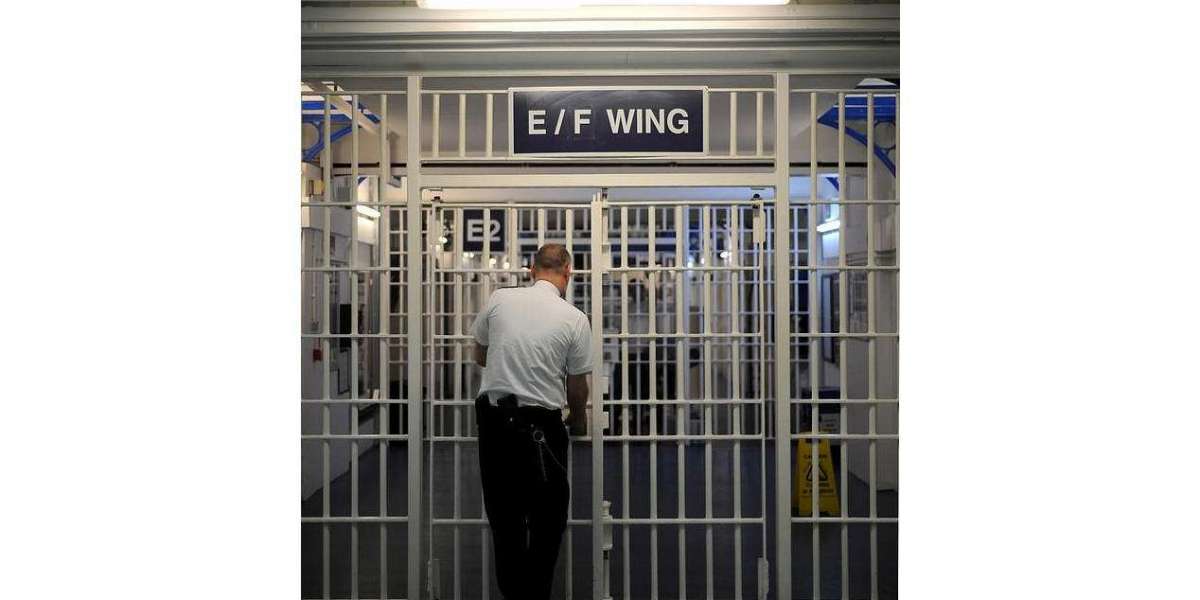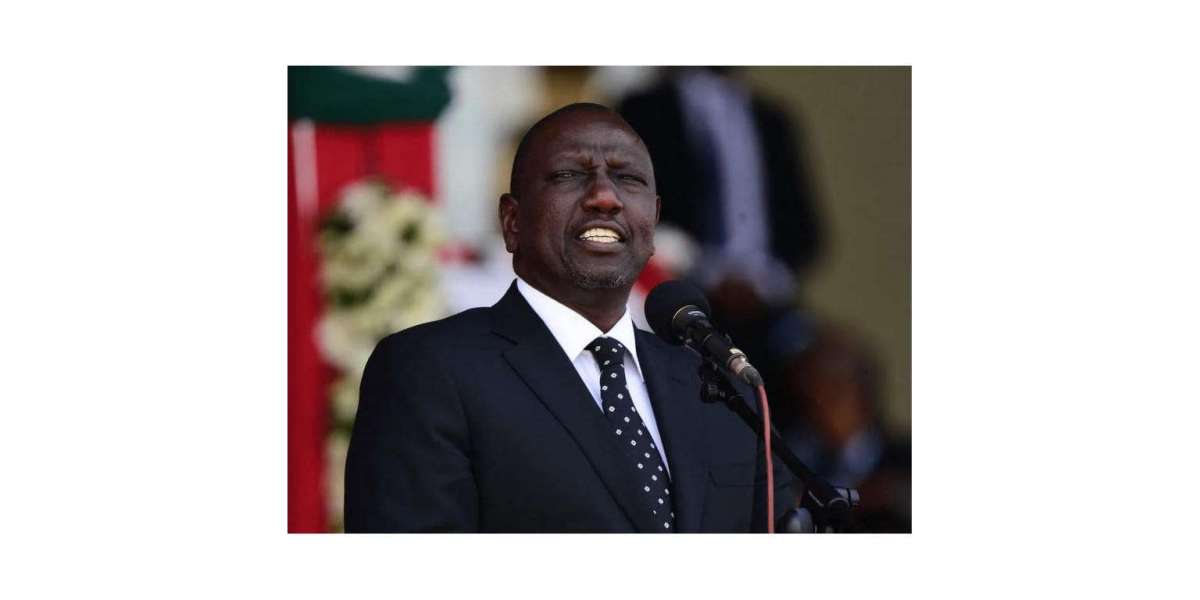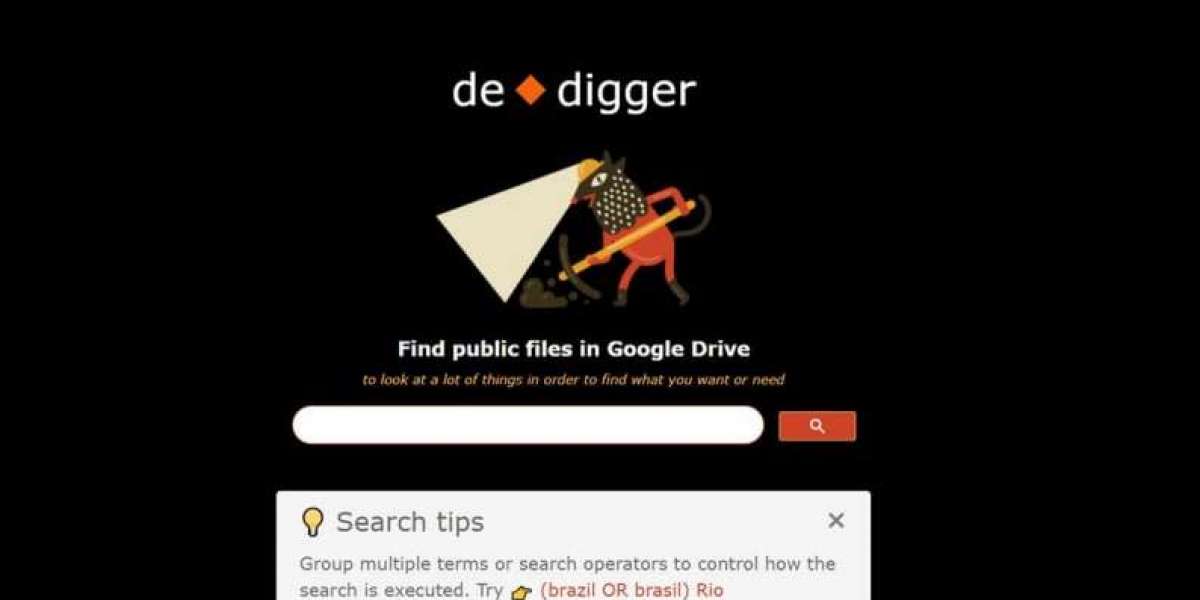In April 2025, the Lagos State Government reported a concerning statistic: over 54% of students who sat for the 2024 West African Senior School Certificate Examination (WASSCE) failed. This translates to approximately 31,596 out of 58,188 students not achieving credit passes in core subjects like English Language and Mathematics.
The 2024 West African Senior School Certificate Examination (WASSCE) results have left many Nigerian youth and educators concerned. In Lagos State alone, over 54% of students who sat for the exam failed to pass core subjects like English Language and Mathematics. This alarming statistic has sparked debates across Nigeria about the state of education, the quality of teaching, and the effectiveness of the current system.
Of the 58,188 students in Lagos who registered for the 2024 WASSCE, more than 31,596 students failed to achieve the required credit passes in essential subjects. The failure rate is being called the highest in recent years, raising significant concerns about academic preparedness and the integrity of Nigeria’s educational system.
This is especially troubling when considering that the Lagos State Government invested a whopping ₦1.58 billion to pay for WAEC exam fees for these students. Despite the financial backing, more than half of the students failed. It calls into question the effectiveness of both funding and the education system.
The reasons behind this massive failure rate are multifaceted. Here are some of the key contributing factors:
1. Weak Foundation in Core Subjects
English and Mathematics are fundamental subjects in the Nigerian education system. A failure to pass these subjects often signals gaps in foundational learning. According to some experts, students are entering senior secondary classes without a solid grasp of basic concepts, leading to poor performance when it counts.
2. Teaching and Curriculum Gaps
Despite significant government investment in education, there are complaints about inadequate teacher training, outdated curricula, and limited classroom resources. Many teachers are still using traditional methods that don’t resonate with today’s youth, who are more attuned to interactive, tech-driven learning.
3. Student Engagement and Focus
Distractions from social media, peer pressure, and economic hardships are affecting students' ability to focus on their studies. The lack of motivation is a huge issue, especially with many students having limited access to extracurricular opportunities that could enhance their academic and personal growth.
4. Educational Inequality
While some students in Lagos have access to high-quality schools with modern resources, others are left with subpar facilities and overcrowded classrooms. This disparity plays a huge role in determining the success rate of students across the state.
Government’s Response: Steps to Address the Crisis
In response to these worrying statistics, the Lagos State Government has outlined several strategies to address the educational challenges:
1. Enhanced Academic Monitoring
To tackle the failure rate, the government has called for increased accountability among educators. Principals and vice-principals will now be required to spend more time in the classroom, providing closer monitoring to ensure students are receiving the attention and resources they need to succeed.
2. Co-Curricular Revitalization
Recognizing the role of extracurricular activities in student development, the Lagos State Government is pushing for a revival of sports, arts, and music programs. These activities are not just for fun, they are meant to keep students engaged, promote well-rounded development, and improve academic focus.
3. Rigorous Promotion Criteria
Lagos is introducing a promotion policy that will ensure only high-achieving students are moved to terminal classes. This policy aims to motivate students to take their education seriously while also maintaining academic standards.
4. Educational Reform
There is a clear push to update the 2018 Education Policy, ensuring it aligns with global best practices. The goal is to create a more inclusive, effective, and student-centered education system that meets the demands of the 21st century.
The Bigger Picture: What This Means for Nigerian Youth
While the 54% failure rate is alarming, it isn’t an isolated incident. Similar patterns have been observed in other parts of Nigeria. It signals a systemic issue that goes beyond just one exam. The current education system is not adequately preparing Nigerian youth for the future.
For youth empowerment, this is a critical moment. The results of the 2024 WAEC exams serve as a wake-up call for all stakeholders, from the government to schools, teachers, and students themselves. There needs to be a collaborative effort to improve educational standards, starting with solidifying foundational learning and making teaching methods more adaptable to today’s world.
As Nigerian youth continue to navigate an increasingly competitive global landscape, it’s clear that the educational system must evolve to equip them with the skills needed for success.
What Can Be Done Moving Forward?
Student-Centered Approaches: Schools must focus on personalized learning to address the diverse needs of students.
Tech-Driven Education: With the rise of digital tools, integrating technology into the curriculum can help bridge knowledge gaps and keep students engaged.
Teacher Training: Continuous professional development for teachers is essential. Providing them with modern pedagogical tools will enable them to better serve their students.
Community Engagement: Parents and community leaders need to play an active role in supporting students’ academic journeys.
The road ahead is challenging, but with the right measures in place, there’s hope that Nigeria’s youth can overcome these obstacles and unlock their full potential.
The Path Forward for Nigerian Education
As the country reflects on the 54% failure rate in the 2024 WAEC, it’s clear that education is not just about passing exams but about nurturing well-rounded, prepared young adults. The future of Nigerian youth depends on how quickly and effectively the system adapts to their needs.







